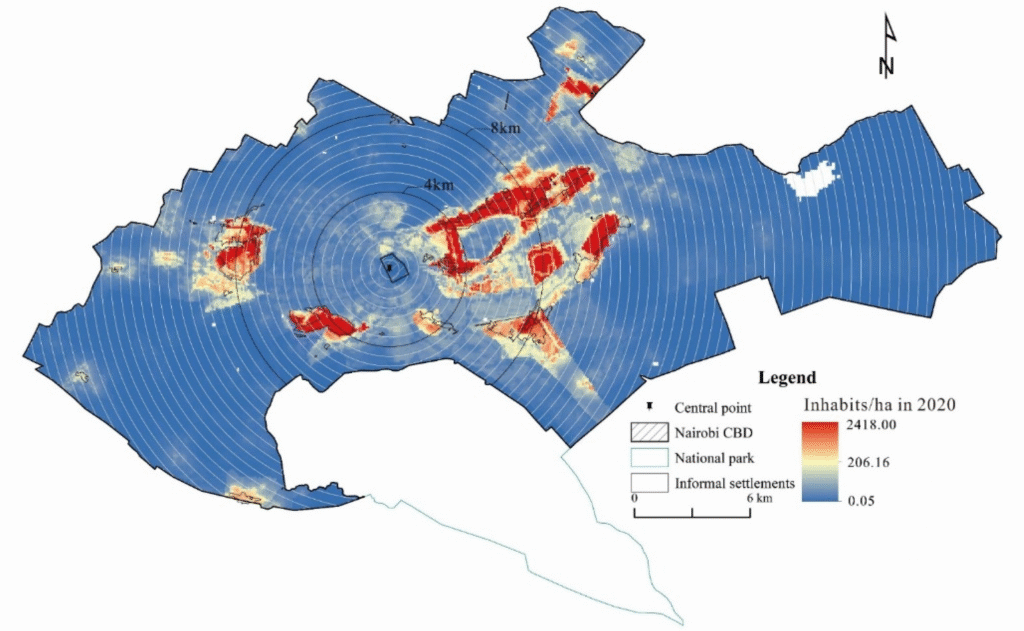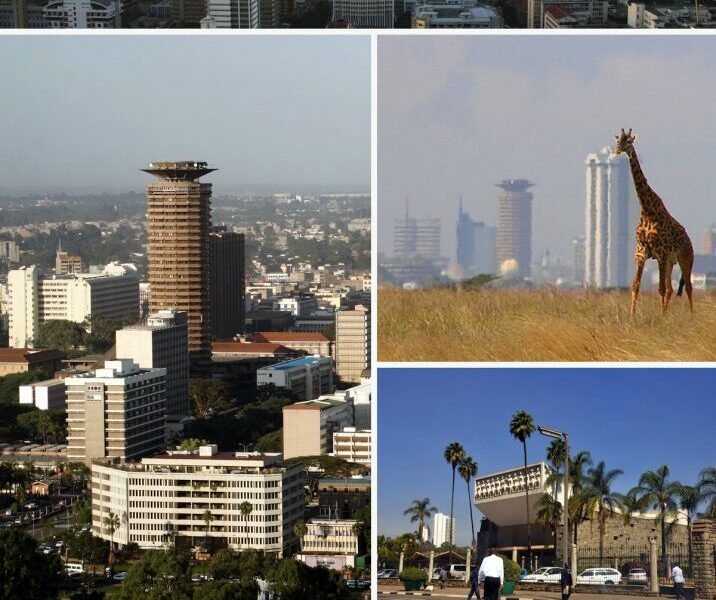The Kenya real estate market in 2025 is rebounding with renewed momentum, driven by affordable housing demand, infrastructure growth, and rising interest from diaspora investors. While Nairobi remains the epicenter, satellite towns and coastal regions are emerging as hotspots for both homeownership and rental investment.
With improved financing options, digital property platforms, and government-backed initiatives, Kenya’s property sector is more accessible—and profitable—than ever.
Current Market Trends (2025)
1. Recovery in Property Sales
After a slowdown in 2023–2024, sales volumes are rising, especially in:
- Affordable housing (KSh 3M–10M range)
- Serviced plots in high-growth corridors
- Mid-income apartments near transport hubs
Developers report 30–50% faster sales cycles compared to previous years.
2. Growth in Satellite Towns
Areas within 20–40 km of Nairobi are seeing the highest appreciation:
- Ruiru, Ruaka, Athi River, Kitengela, Kajiado
- Driven by the Nairobi Expressway, Thika Superhighway, and upcoming LAPSSET
- Plot prices up 12–18% year-on-year

3. Rise of Digital Real Estate
- Virtual tours, live launches, and WhatsApp-based bookings are now standard
- Platforms like Jumia House, Zimasa, and Fuzu Property dominate listings
- Buyers increasingly skip physical visits until final due diligence
4. Strong Demand for Rental Properties
- 2- and 3-bedroom apartments in Ngong Road, Kilimani, Syokimau rent for KSh 45,000–90,000/month
- Average rental yield: 5% to 8% annually
- High occupancy in gated estates with security and backup utilities
Property Prices at a Glance (2025)
| Nairobi (Westlands) | 2-Bed Apartment | KSh 18M–30M |
| Ruiru | 50x100ft Plot | KSh 1.1M–1.8M |
| Ruaka | Gated Community Home | KSh 8M–15M |
| Mombasa (Nyali) | 3-Bed House | KSh 35M–80M |
| Diani | Beachfront Villa | KSh 50M–500M+ |
| Kisumu | Serviced Plot | KSh 800K–2M |
Prices are rising faster in areas with new infrastructure, schools, and shopping centers.

Key Drivers of Market Growth
- Affordable Housing Program (AHP) – Government-backed projects in Pangani, Mavoko, and Ruai are increasing supply and access.
- Mortgage Expansion – Saccos and banks now offer lower rates (from 9%) with flexible terms.
- Diaspora Investment – Kenyans abroad are buying for retirement, rental income, or legacy planning.
- Urbanization – Kenya’s urban population is growing at 4.3% annually, fueling housing demand.
- PropTech Adoption – Apps for property search, M-Pesa payments, and e-titling (via Ardhisasa) are streamlining transactions.
Challenges to Watch
⚠️ Land Fraud – Still a risk, especially in fast-selling areas. Always verify titles with a licensed lawyer.
⚠️ Delayed Infrastructure – Some estates lack promised water, roads, or electricity.
⚠️ Overpricing in Off-Plan Projects – Not all developers deliver on time or as promised.
Buyers are advised to:
- Conduct due diligence
- Visit sites in person
- Work with ISK-licensed agents and LSK advocates

Investment Outlook
- Best for Long-Term Gains: Land in Ruiru, Athi River, and along LAPSSET corridor
- Best for Rental Income: Apartments near universities, hospitals, and business districts
- High-Potential Niche: Eco-friendly and solar-powered homes in eco-estates
With proper due diligence, real estate in Kenya remains one of the most stable and rewarding investment options available.
FAQs
Q: Is the Kenya real estate market growing in 2025?
A: Yes, especially in affordable housing and satellite towns. Sales, prices, and investor confidence are rising.
Q: What is the average return on real estate investment in Kenya?
A: Rental yields average 5–8% annually, with capital appreciation of 7–12% per year in high-growth areas.
Q: Where is the best place to buy property in Kenya right now?
A: Ruiru, Ruaka, Athi River, and Diani offer strong value, growth potential, and good infrastructure development.


